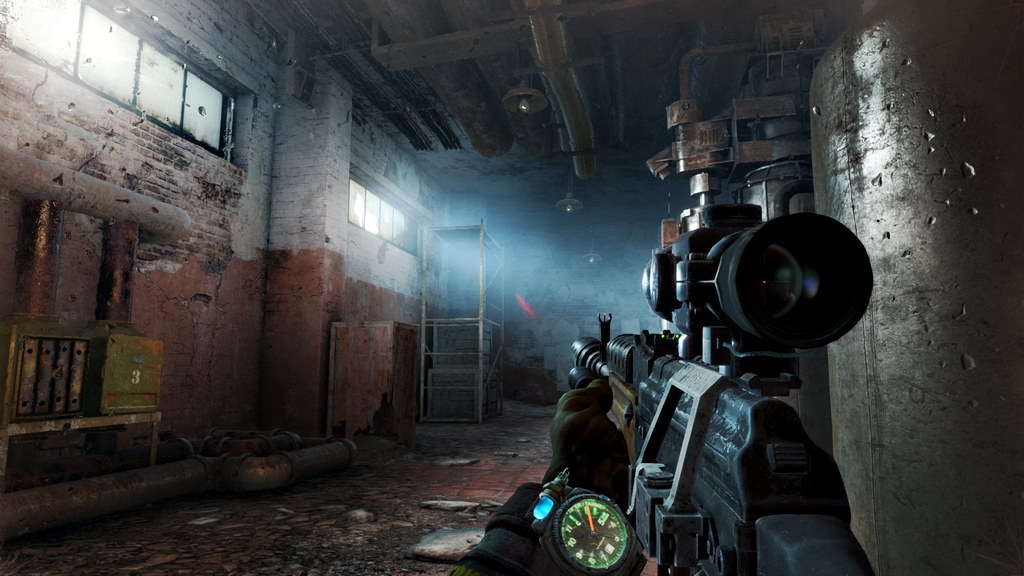
How to Configure the Perfect Gaming System
Game Enthusiasts understand that no other platform can match the quality and intensity of the game-play that you can get from a correctly configured Gaming Desktop. These Game Enthusiast Desktops are very specialized high-performance systems where choosing the right components really does matter. If you want to play the most current, intensive, and demanding games you will need to be sure you pick the correct processor, quantity of RAM, hard drive, and of course, GPU (graphics processing unit).
Today’s Gaming Desktop market has many choices. Such as: standard, overclocked and liquid-cooled CPUs, mid to high end graphic cards, multi-graphic card(s) choices for Crossfire and SLI, many different options for RAM, and mechanical HDDs & SSD drive choices. The following is some of the information you will need to correctly customize a good Gaming Desktop.
Processor (CPU)
A solid starting point good Gaming Desktop is quad-core processor. Manipulating and creating 3D objects for the complex games of today requires high frequency CPUs. Systems that have safely overclocked processors can provide up to 25% more CPU frequency for games than standard CPUs. Liquid cooling systems can help to keep the CPU cool when the processor is stressed.
GPU / Graphics/Video Card
The GPU (graphics processing unit) is the processor on the graphics card. It creates the image you see on your LCD monitor. You want the GPU to be able to squeeze the highest number of frames per second out of your gaming system. Playing the most demanding games with the graphics set to the highest resolution and a high frame-rate, will require a high-performance graphics card. If you are running a single 1920 x 1080 monitor, buy the best single graphics card you can afford.
Large & High Resolution Display Screens (Monitor)
A high resolution display requires a lot of GPU memory and that is only available on top end cards. When running high monitor resolutions and 4K displays, multi-graphics cards are a good idea. While adding a second graphics card won’t double the performance; you will typically see a 25-50% increase. Multi-graphic card setups tend to consume a lot of power and can generate a lot of noise, but for those that want the biggest, badest gaming PC on the block, it will be well worth it.
RAM / System Memory
Having enough RAM is always important. It is better to have more memory than not enough. Sometimes it is difficult to determine how much is adequate. More RAM will allow you to do more multitasking without getting bogged down. We recommend at least 8GB of RAM as a minimum to start with and much more for demanding games. A good rule of thumb is having as least a 25% buffer of RAM usage while running very intensive games.
Hard Drives (HDD vs SSD)
The types of hard drive that are most commonly used are the disk based SATA HDD (hard disk drive) and the chip based SSD (solid state drive). By using SSDs you will have increased data read times and decreased seek times versus SATA HDD drives. Sustained read times can also be more than four to five times higher with an SSD as well, seek times are also much faster. Consequently you will see that SSDs, being faster, are rated in nanoseconds instead of milliseconds like SATA drives. Using SSD’s can cause system performance to increase dramatically. For good balance that utilizes the strengths of both technologies we recommended using at least a 250GB SSD is for the O/S and program installation and also 1TB to 3TB SATA mechanical drive for data storage. For extreme performance you should consider using a striped RAID; check out our RAID article for more information.
